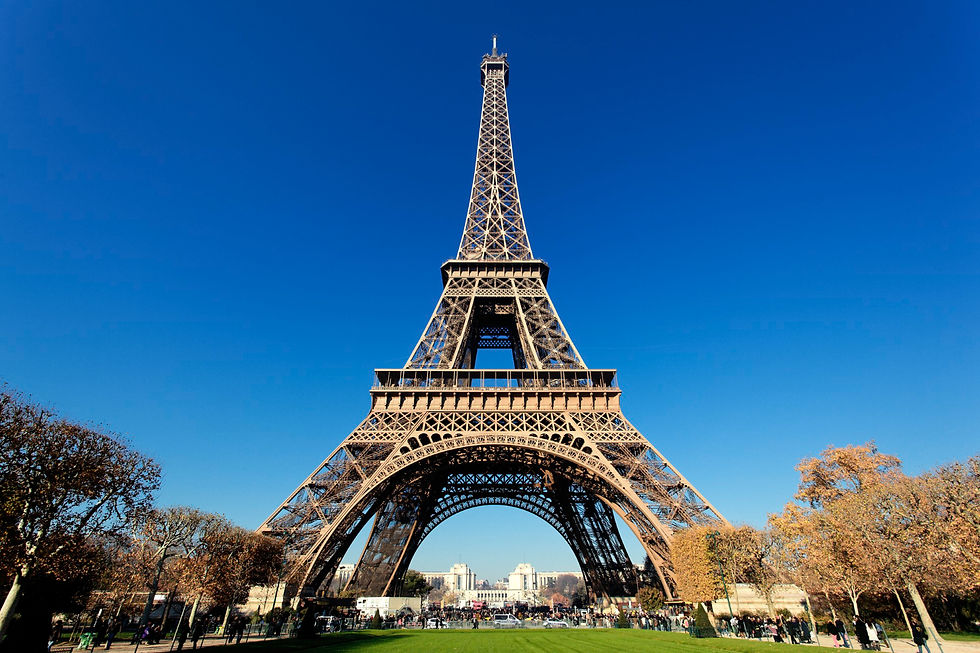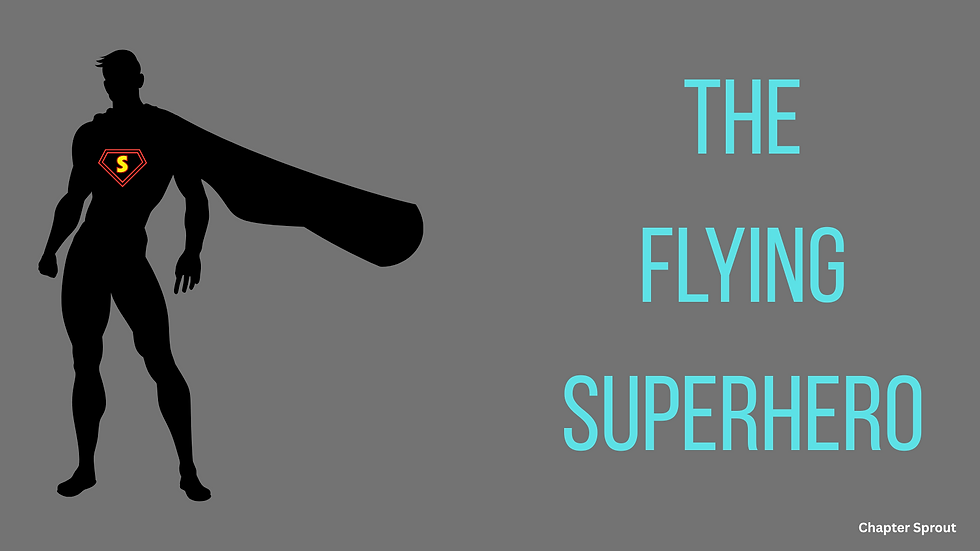- Bharat khurana
- May 5
- 3 min read
Updated: May 8

The Eiffel Tower: A Symbol of Paris and Engineering Innovation
The Eiffel Tower, an iconic symbol of Paris and France, is a marvel of engineering and a testament to the spirit of innovation. Its history is as fascinating as its towering presence.
Why Was the Eiffel Tower Built?
The Eiffel Tower was constructed as the entrance arch to the 1889 World's Fair, which was held in Paris to commemorate the 100th anniversary of the French Revolution. It was intended to be a temporary structure, symbolizing the industrial prowess and technological advancements of France at the time.
Who Designed and Built It?
The tower is named after Alexandre Gustave Eiffel, whose company designed and built it. While Eiffel is the name most associated with the tower, the initial design work was done by two of his company's engineers, Maurice Koechlin and Émile Nouguier. The tower's distinctive silhouette was refined by architect Stephen Sauvestre.
Construction Details: Cost and Materials
The construction of the Eiffel Tower was a massive undertaking. It took over two years to build, from 1887 to 1889. The primary material used was wrought iron, chosen for its structural strength. The tower's construction involved assembling prefabricated lattice girders, which were riveted together on-site. The total cost of the Eiffel Tower's construction was around 7.8 million gold francs in 1889, which would be a significantly larger sum today.
Purpose and Uses of the Eiffel Tower
Initially intended as a temporary exhibition piece, the Eiffel Tower was almost torn down after 20 years. However, its value as a radiotelegraph station saved it. It became crucial for communication during World War I.
Beyond its role in communications, the Eiffel Tower quickly became a major tourist attraction. Today, it houses restaurants, observation decks offering panoramic views of Paris, and various broadcasting facilities. It's used for scientific experiments, and its light shows have become a beloved part of Paris's nighttime landscape.
The Eiffel Tower During the World Wars
World War I: The Eiffel Tower played a crucial role in France's war effort by serving as a vital communication hub. Its radiotelegraph station was used to intercept enemy communications, contributing to Allied intelligence.
World War II: During World War II, the height of the Eiffel Tower made it strategically important. The French disabled its elevator to prevent the Nazis from using it. Throughout the German occupation, the tower stood, a silent symbol of French resilience.
Interesting Facts About the Eiffel Tower
At the time of its completion, the Eiffel Tower was the tallest man-made structure in the world, a title it held for over 40 years.
The tower's height varies slightly depending on the temperature, due to the expansion and contraction of the iron.
It takes about 60 tons of paint to protect the Eiffel Tower from rust.
The tower sways in the wind; during storms, the top can move several inches.
Story in Numbers
Fact | Value |
Built Year (Start-End) | 1887 - 1889 |
Height (to tip) | 330 metres (1,083 ft) |
Height (to antenna) | 324 metres (1,063 ft) |
Height (structure) | 300 metres (984 ft) |
Construction Start Date | 28 January 1887 |
Construction End Date | 31 March 1889 |
Number of Levels | 3 |
Visitors per year | 5.9 million (2022) |
Total weight | 10,100 tonnes |
Number of rivets | 2,500,000 |
Paint needed (tonnes) | 60 |
The Eiffel Tower is more than just a structure; it's a symbol of French ingenuity, history, and enduring beauty. From its controversial beginnings to its current status as a global icon, the tower continues to captivate and inspire.




Comments